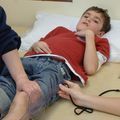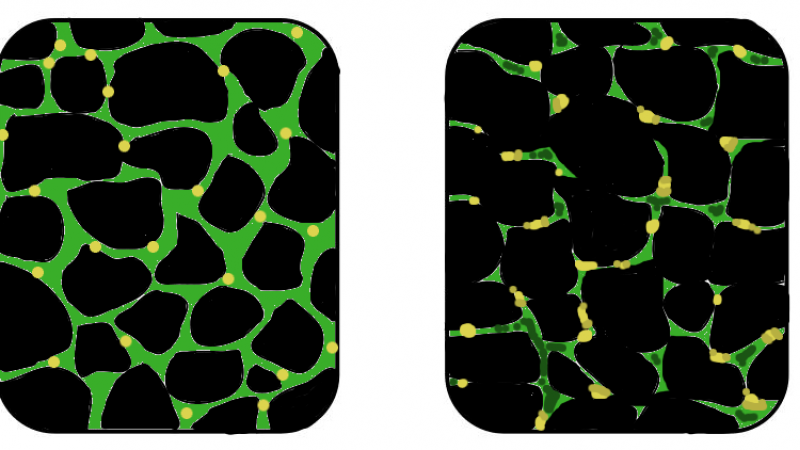 A new mouse model of muscular dystrophy has found that stem cells play an important role in this genetic disease.
A new mouse model of muscular dystrophy has found that stem cells play an important role in this genetic disease.
Sufferers of Duchenne muscular dystrophy, the most common form of muscular dystrophy, have severe muscle wasting and often die in their 20s or 30s. Laboratory mice with a similar genetic fault, however, only show slight muscle weakness bexcuase they relapse and recover.
The researchers discovered that human muscle stem cells were not able to keep up with the muscle damage caused by the disease. But in mice the stem cells are able to keep replicating for longer, and so repair the muscle damage.
The DNA in cells is stored in strands called chromosomes with protective caps on the end called telomeres. Telomeres ensure that the DNA is correctly copied each time a cell divides. But telomeres also get shorter each time a cell divides. When they are too short the cell is no longer able to replicate.
The researchers found that mouse telomeres are four times as long as human telomeres. This suggests the mice's longer protective caps enable muscle stem cells to replicate a greater number of times and so continue to repair damaged muscle.
To test this, researchers created a mouse model of Duchenne muscular dystrophy that more closely mimics the human disease. These mice exhibit severe muscle weakness and have reduced life span, as in humans. In the Duchenne muscular dystrophy mice the telomerase enzyme had stopped functioning. This caused cell telomeres to shorten more quickly than normal so reducing the number of times that each cell could replicate and repair muscle damage.
This is the first time that muscular dystrophy has been shown to be a stem-cell-based disorder, suggesting new treatments take into account stem cells and not just focus on therapies aimed at protecting muscle fibres. The new research also suggests that any treatment should begin early, before the stem cell pool is reduced.
Read more about muscular dystrophy here.
Last edited: 7 April 2022 12:59



